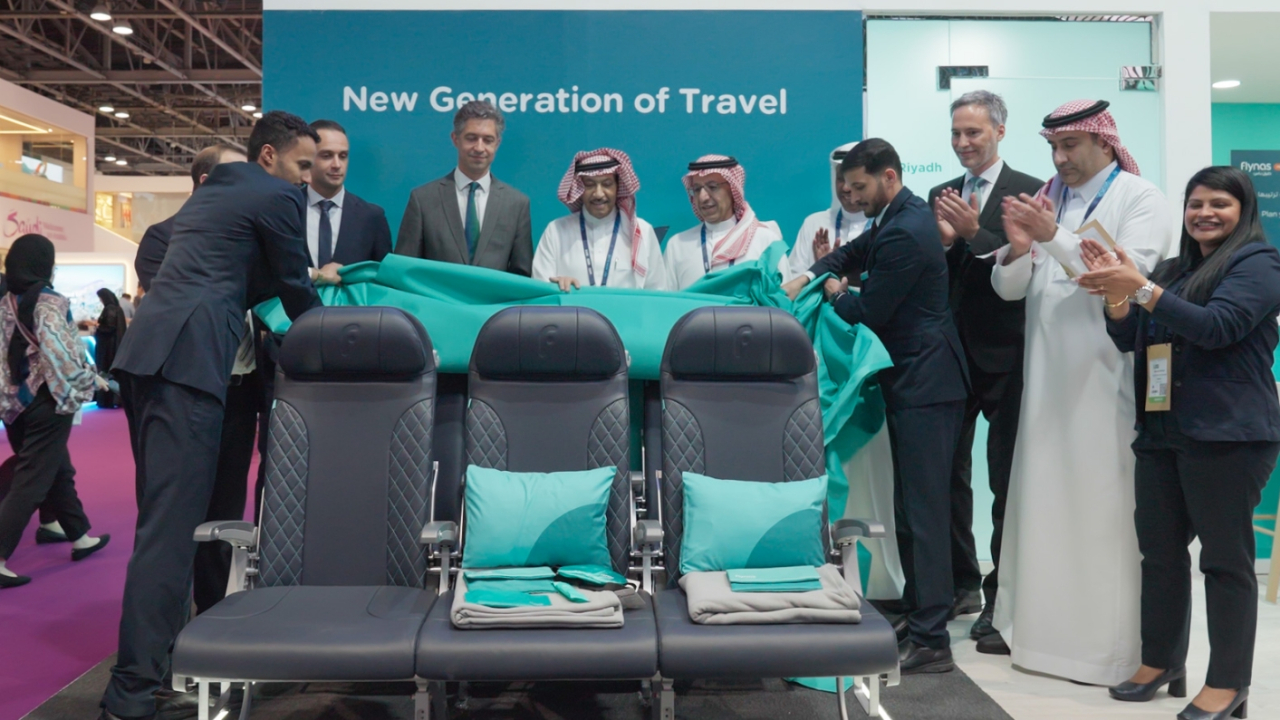AIME 2010: Satellite saviours for sale

Toulouse-based ELTA makes two versions of the ELT. One is designed for permanent installation in the aircraft and would be triggered automatically by a g-switch. The other is portable, for use by survivors – it can be activated manually with a switch or automatically by immersion in water. Both versions include an identification module that associates the individual unit with the aircraft, providing rescue forces with its tail number to give them a clear picture of the scale of the incident.
The installation of an automatic ELT in new air transport aircraft has been mandatory since 2008. “The purchase decision is made by the airline,” says Shaikh. “I’m here to talk to our existing customers in the Middle East about support of the systems they have installed, and to look for new opportunities.”
The ELTA system has a number of advantages over competing products, according to Shaikh. “It’s the only one on the market that is offerable by both Airbus and Boeing,” he says. “And it includes a back-up antenna that would allow it to do its job if the primary, airframe-mounted, antenna was damaged.”
While the retrofit market has been largely satisfied, Shaikh is optimistic that there is plenty of potential in the region. “Demand will be generated by continuing fleet expansion and renewal, and by the emergence of new carriers,” he says. “The market is being sustained by big new-wave carriers like Etihad and Qatar Airways, and new entrants like FlyDubai represent a fresh opportunity for us.”
Stay up to date
Subscribe to the free Times Aerospace newsletter and receive the latest content every week. We'll never share your email address.

